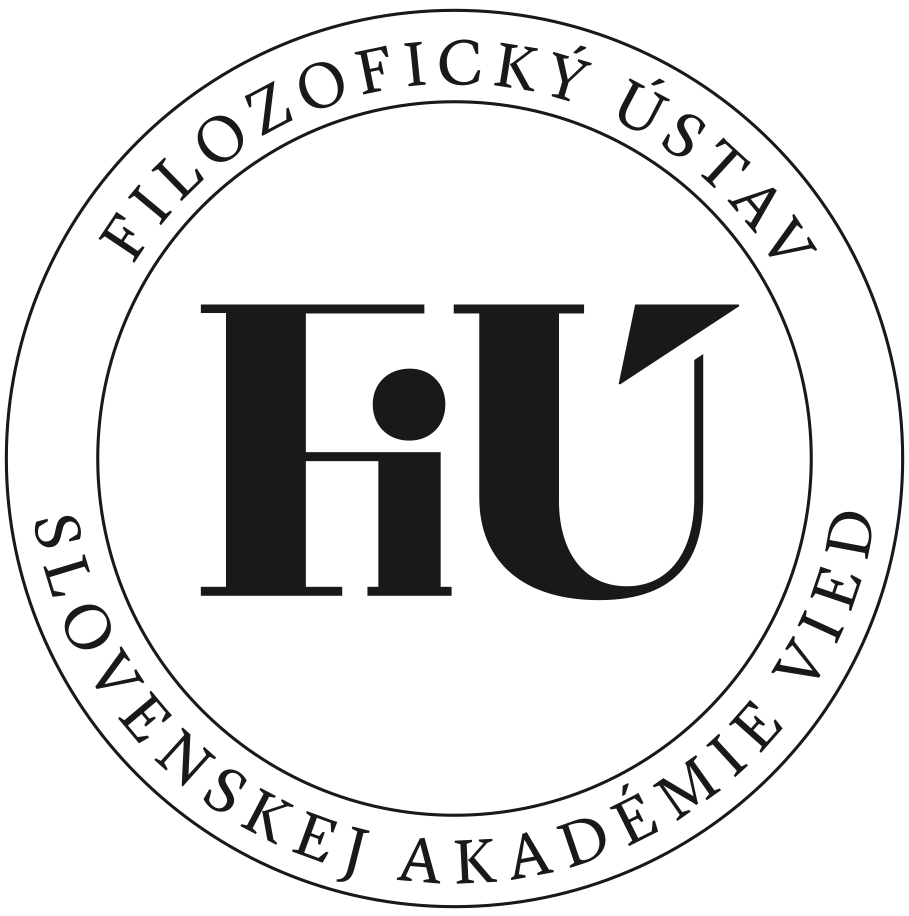Publication Details
Fink and Heidegger on Reading Parmenides
Abstract
Eugen Fink and Martin Heidegger met in 1966 to read Heraclitus. The differences between their conceptions led to significant differences in their commentaries. Fink considered the term of “fire” as the fundamental term in Heraclitus՚ philosophy because it reminded him of his concept of “the world”, while Heidegger focused on the concept of logos and saw in Heraclitus՚ work an attempt to connect the concealed and the unconcealed aspects of Being, which are accessible to man. Similar differences in their views can be found also in their reading of Parmenides. Fink evaluates Parmenides in a more or less standard way and rebukes him for defining Being as a counterpart to absolute non-Being. Thus, he considers him as one of the thinkers who have brought confusion rather than clarity to the tradition of the question of Being. On the other hand, Heidegger puts Parmenides (due to the specific translation of the terms noein and einai) in the tradition of Anaximander and Heraclitus, that means among those thinkers who rightly understand the relationship of thinking and Being as an attunement to the openness of the world. In the course of these analyses Heidegger himself begins to abandon the strict duality of “beings and Being” as well as the concept of “ontological difference” and is inclined towards the original phenomenological understanding of the links between the concealed and the unconcealed, between the manifest and the hidden.
Being, Fink, Heidegger, Lichtung, Ontology, Parmenides, Phenomenology, World
